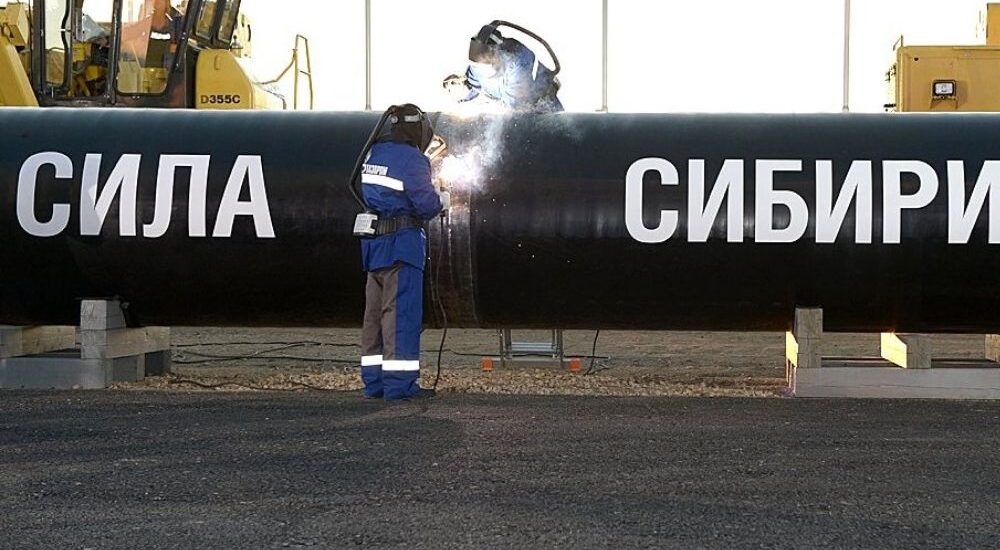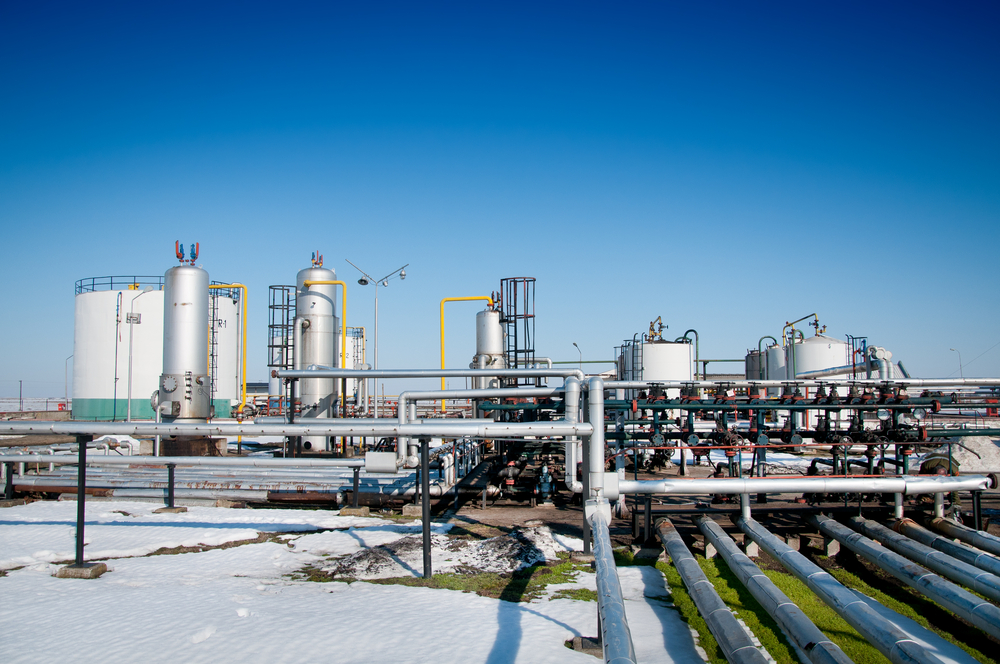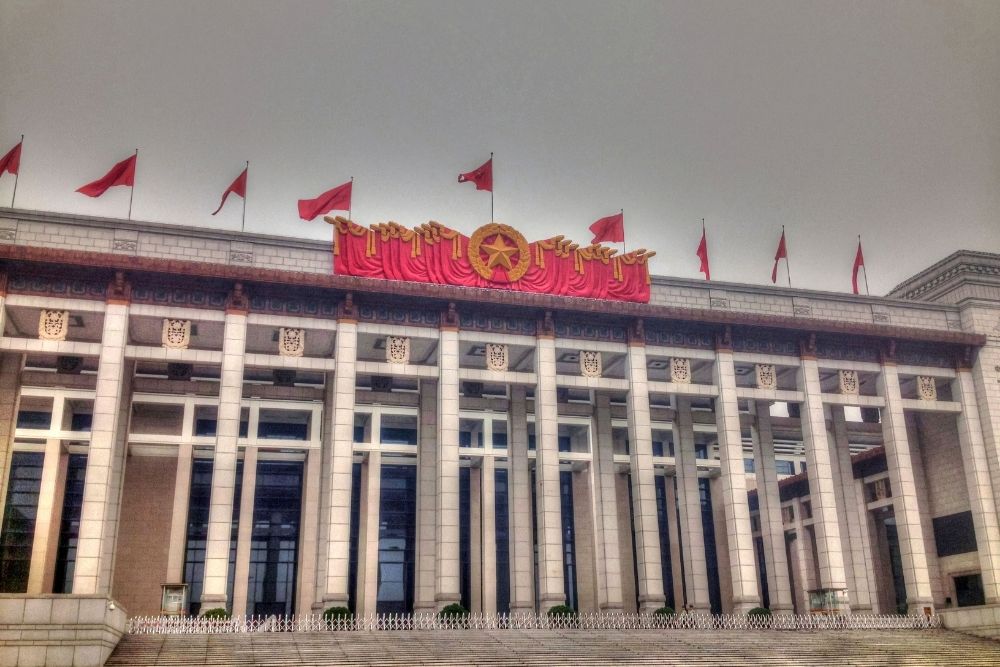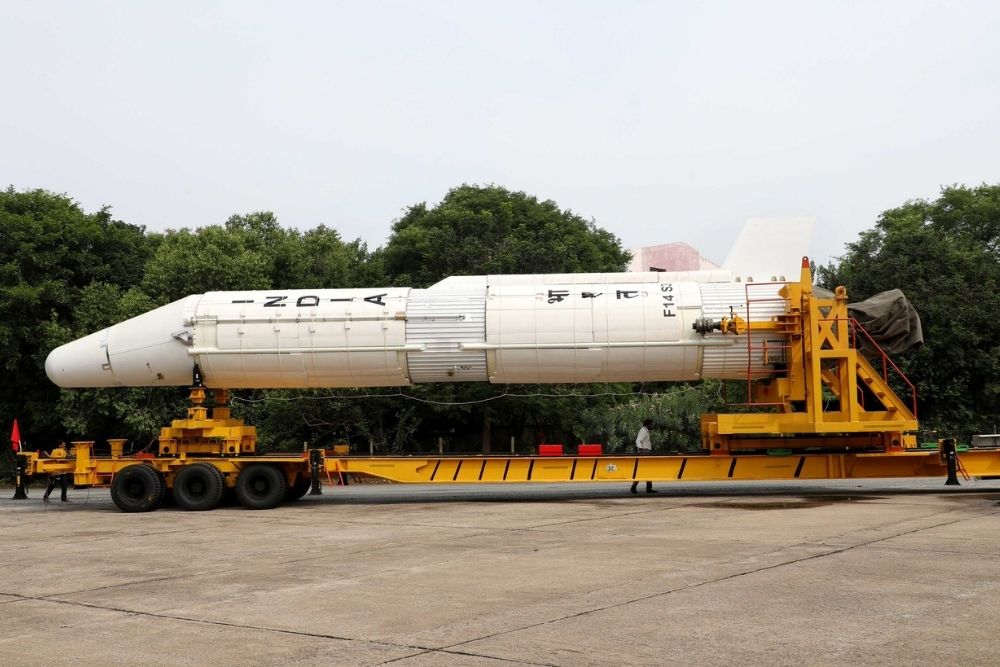Russia finalizing route for Power of Siberia 2 pipeline to China
- September 7, 2023
- Posted by: Quatro Strategies
- Categories: China, Europe, Oil & Gas

Russia is in the final stages of determining the route for the Power of Siberia-2 gas pipeline, which is planned to go through Mongolia on its way to China. This pipeline is part of Russia’s efforts to expand trade with Asia amid strained economic relations with the West due to its actions in Ukraine.
The Power of Siberia-2 pipeline is designed to increase pipeline gas supplies to China by 50 billion cubic meters (bcm) per year, while the existing Power of Siberia pipeline is expected to provide 38 bcm per year by 2025. The new pipeline aims to transport natural gas from Russia’s vast Yamal Peninsula fields in western Siberia to China, the world’s leading energy consumer and a growing market for natural gas.
Deputy Prime Minister Alexander Novak mentioned that the route for the Power of Siberia-2 pipeline is in its final stages of decision-making. It is anticipated that the pipeline will pass near several eastern Siberian cities before reaching the Mongolian border near Naushki.
Gazprom, the Russian state-controlled gas giant, initiated a feasibility study for the project in 2020, with plans for gas deliveries to begin by 2030. However, negotiations between China and Russia regarding the terms of gas deliveries via this route, including pricing, have not been finalized. Experts suggest that these negotiations are complex, and China may not require additional gas supplies until after 2030.
Interested in learning more?
Sign up for Top Insights Today

Top Insights Today delivers the latest insights straight to your inbox.
You will get daily industry insights on
Oil & Gas, Rare Earths & Commodities, Mining & Metals, EVs & Battery Technology, ESG & Renewable Energy, AI & Semiconductors, Aerospace & Defense, Sanctions & Regulation, Business & Politics.



